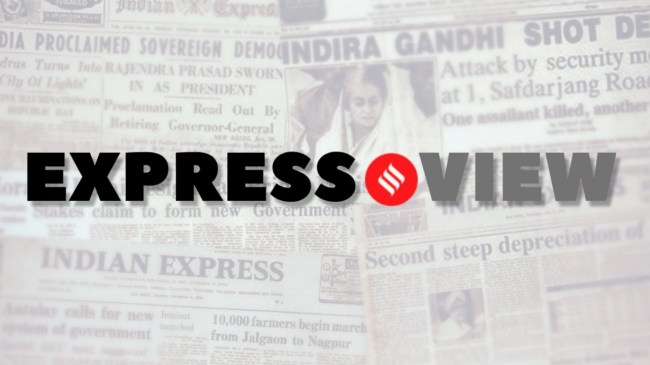Opinion Express View on India’s CAR T-cell therapy: Taking cancer on
Homegrown therapy against the disease holds promise. Researchers and planners must work to cut costs
 In the last decade, cancer mortality rates have declined in the developed countries. Cancer incidence and mortality, however, continue to rise, driven by spikes in the Global South.
In the last decade, cancer mortality rates have declined in the developed countries. Cancer incidence and mortality, however, continue to rise, driven by spikes in the Global South. For decades, oncologists have relied on chemotherapy, radiation and surgery to treat cancer patients. These are still the primary methods to treat the dreaded disease. In the past two decades, however, research has extended the frontiers of anti-cancer interventions. Drugs have been developed to home in on the molecules cancer cells require to survive and spread. Immune system-boosting drugs have shown the ability to shrink tumours in some patients with advanced malignancy. CAR T-cell therapy is among the most promising recent developments, especially because it has shown the ability to eradicate advanced leukemias and lymphomas. Most of the early research in this field was conducted in laboratories in the US, Europe and China. In October, India joined this elite list after the country’s drug regulator approved a CAR T-cell therapy incubated at Tata Memorial Centre and IIT Bombay laboratories. Now, a 64-year-old former army doctor has become the first patient in the country to be free of cancer cells after being administered this therapy.
CAR T-cell therapies are customised for each patient. It involves extracting T cells — they help orchestrate the immune response in a patient’s body — growing them in the laboratory, arming them against cancer via gene editing and infusing them back into the patient’s body. In other words, the patient is fortified with a living drug that’s constantly working against cancer. While it would be too early to say if the former army doctor has been cured for life, evidence from countries that have pioneered the treatment shows that CAR T-cell therapy is effective against relapse. The treatment is far less exacting for the patient compared to several sessions of chemotherapy. Laboratory and animal studies have shown that India’s homegrown therapy has significantly fewer side effects compared to those developed in the West.
In the last decade, cancer mortality rates have declined in the developed countries. Cancer incidence and mortality, however, continue to rise, driven by spikes in the Global South. In India, where the disease claims about 8 lakh people every year, treatment is expensive for an overwhelming section of the population. The homegrown therapy costs about a tenth of the treatment in the US. However, at about Rs 40 lakh, it’s beyond the reach of most patients in the country. With more laboratories working on this oncological intervention, there is reasonable optimism that costs could come down appreciably in the next decade. The country will require inputs from its planners, scientists and policymakers to ensure that the products of such cutting-edge research reach the most vulnerable.





